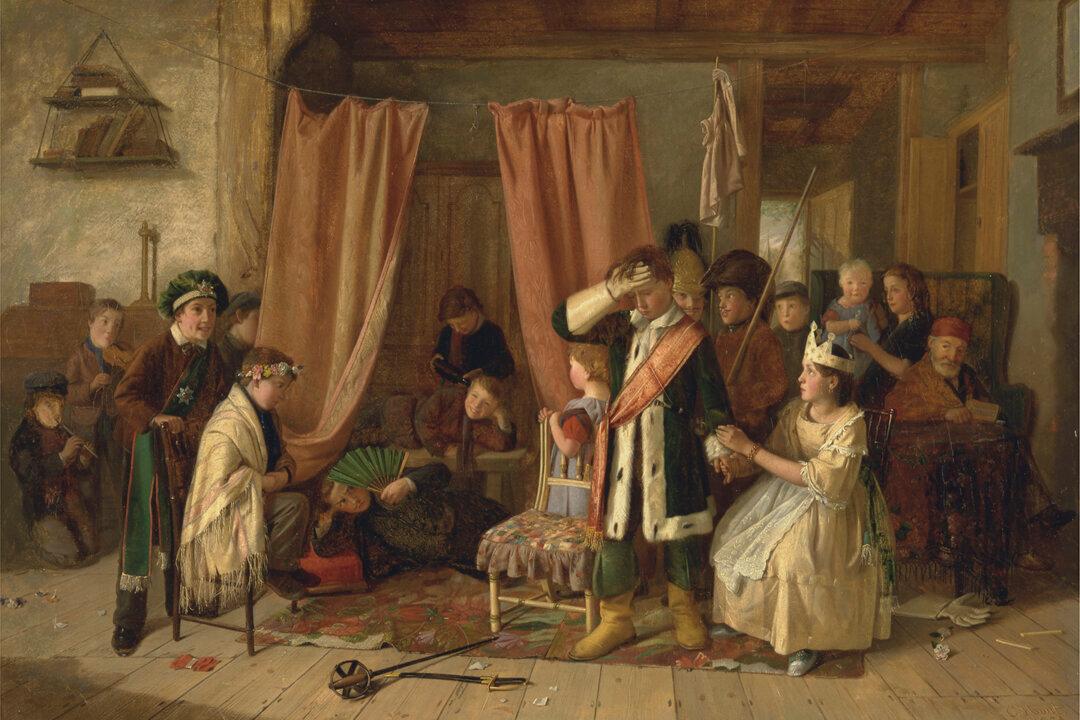To read a play rather than watch it performed is a bit like eating a beef burrito without the accoutrements of salsa, guacamole, or onions. You get the meat of the thing, but it lacks all flair.
The test of this recipe is simple. Have your teenagers read Shakespeare’s “Henry V.” Next, have them watch Kenneth Branagh’s 1989 film adaptation of the same play. Then pack some diced onions into those food missiles, slather on the guacamole, douse them in salsa, and serve them up when your kids ask for a second run on Branagh’s movie.






